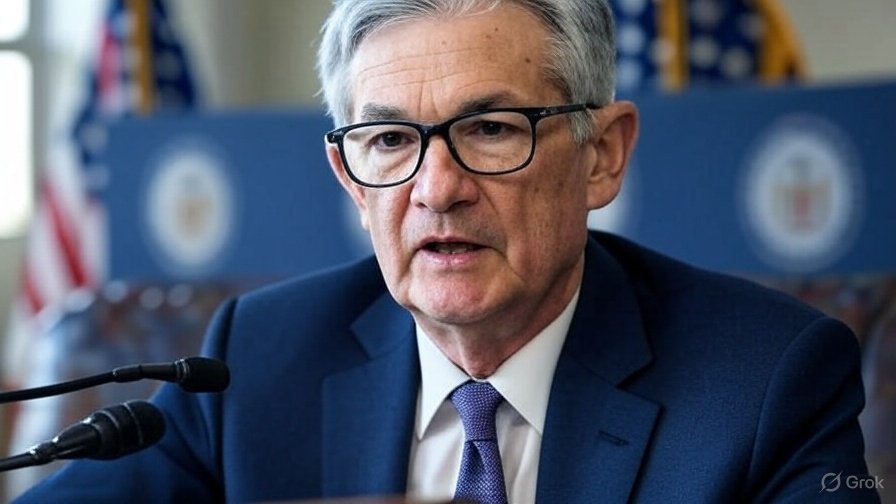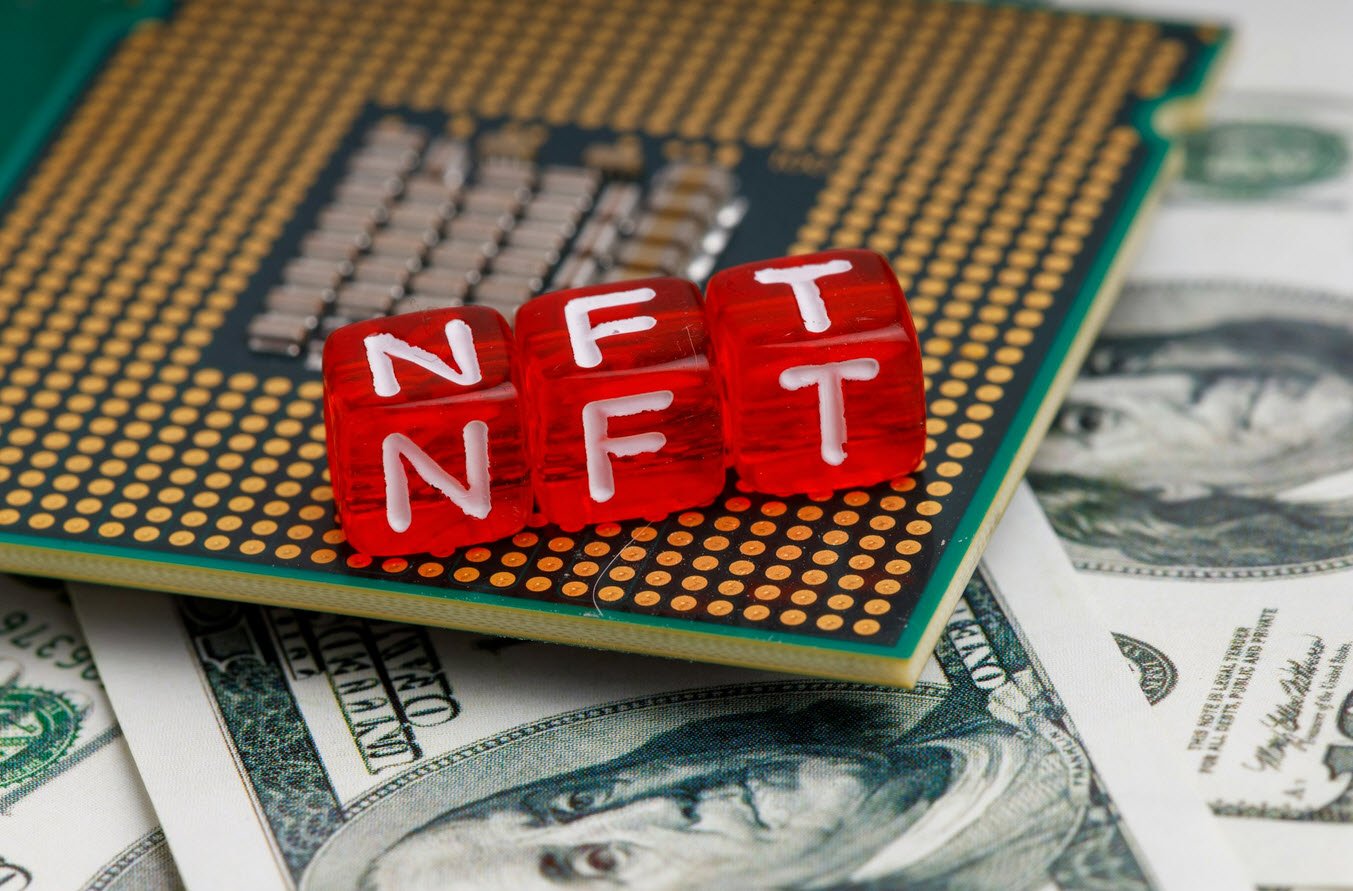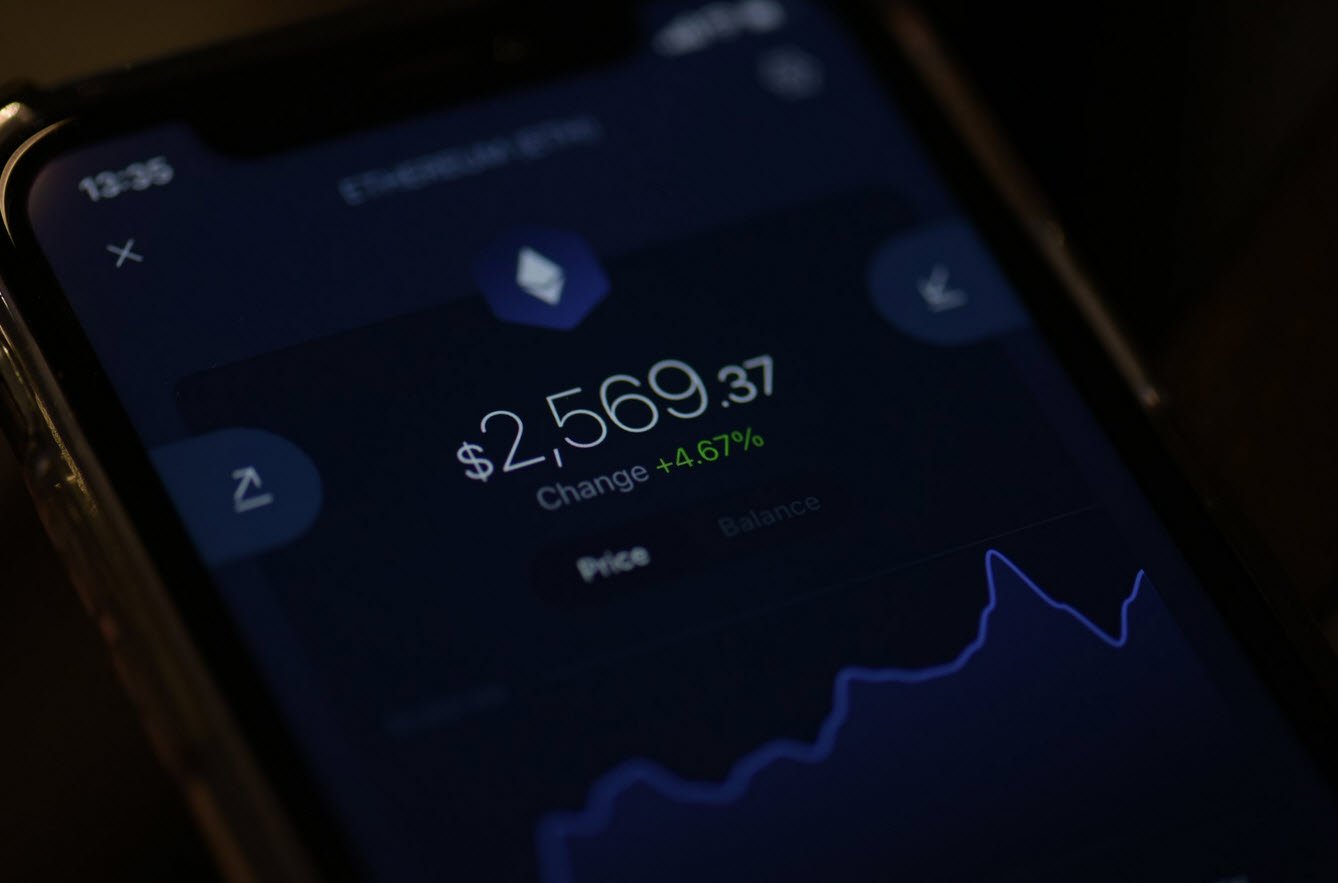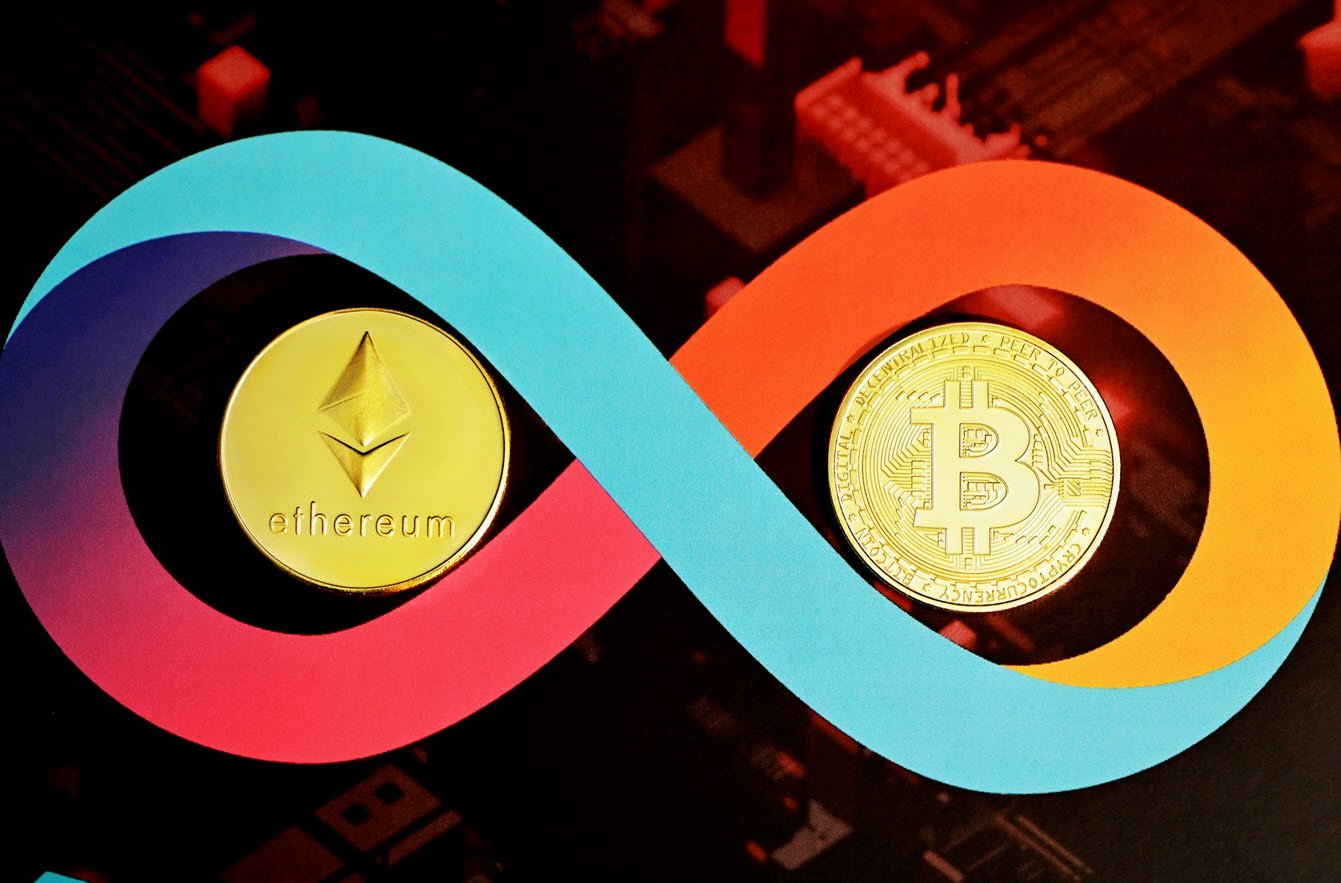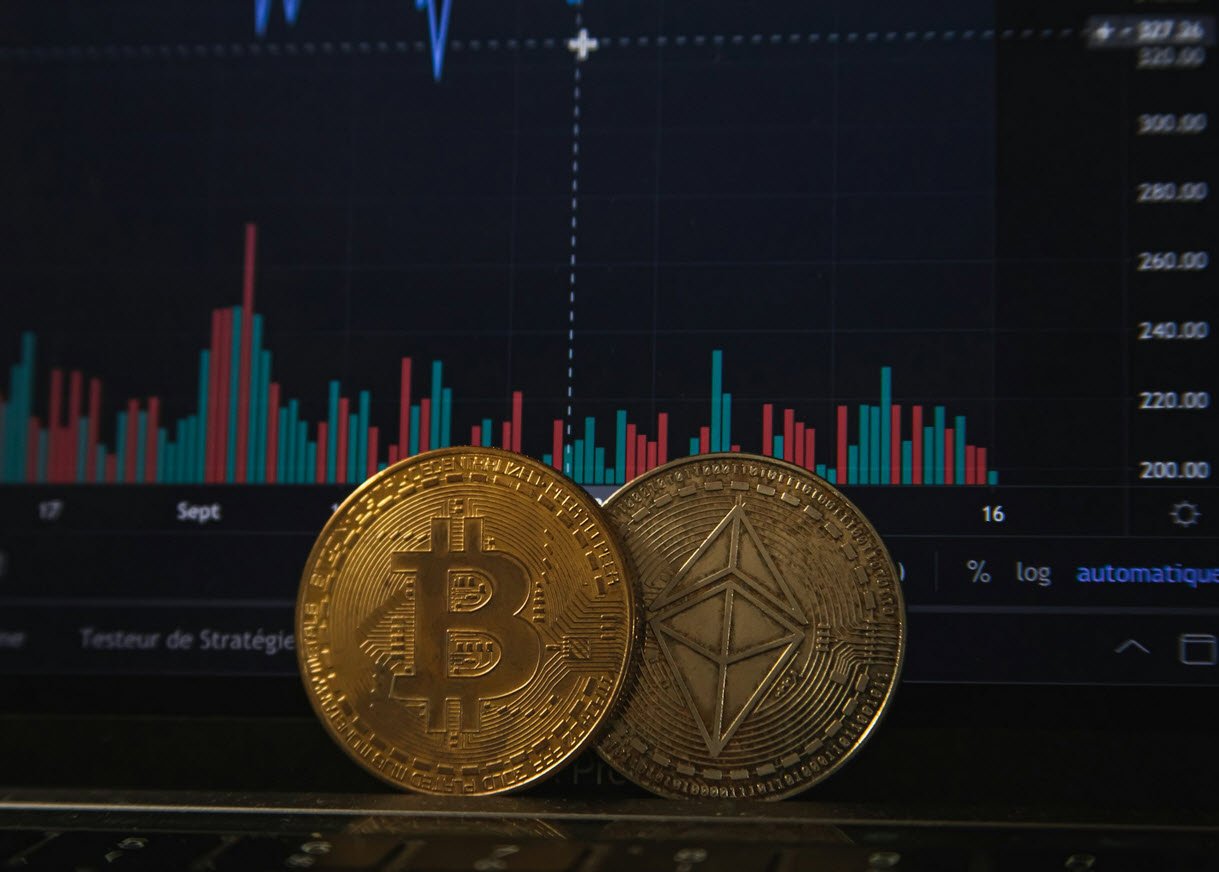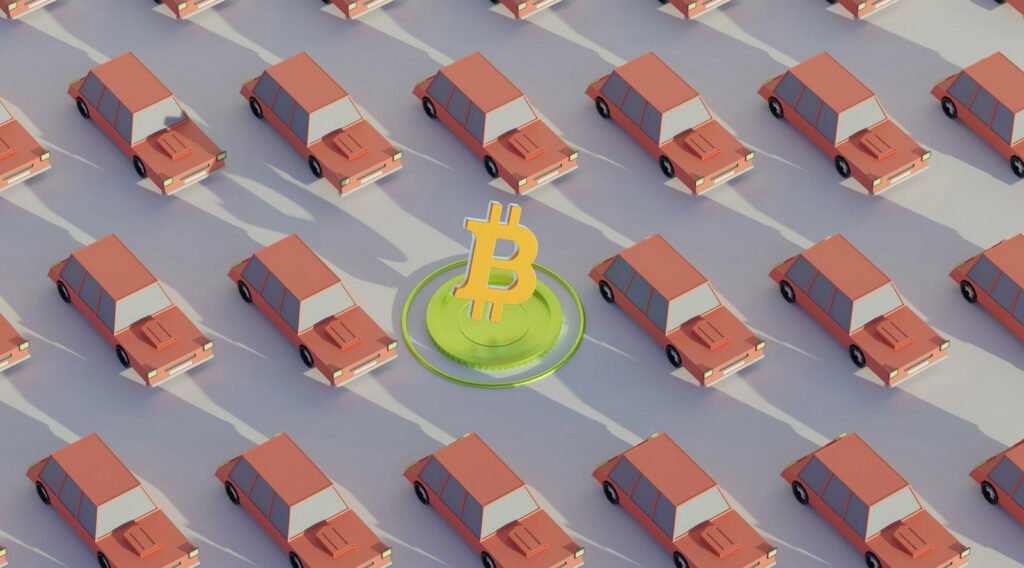
Bitcoin is a digital currency that operates on a decentralized network. Unlike traditional currencies issued by governments, Bitcoin has a fixed supply of 21 million coins. This limit was set by its creator, Satoshi Nakamoto, to prevent inflation and ensure scarcity, similar to gold. But what happens when all 21 million bitcoins are mined?
Let’s explore the implications of this event and what it means for Bitcoin’s future.
Understanding Bitcoin Mining
Bitcoin mining is the process through which new bitcoins are created and transactions are verified on the blockchain. Miners use powerful computers to solve complex mathematical puzzles. When they successfully solve these puzzles, they add a new block to the blockchain and receive a reward in the form of newly minted bitcoins. This process also includes transaction fees paid by users to ensure their transactions are processed.
However, the number of bitcoins that miners receive as a reward is not constant. Bitcoin undergoes a process called “halving” every four years. During a halving event, the reward for mining a new block is cut in half. When Bitcoin was first launched in 2009, miners received 50 bitcoins per block. By 2024, the reward will be reduced to 3.125 bitcoins per block.
This halving will continue until all 21 million bitcoins have been mined, which is expected to happen around the year 2140.
What Happens After All Bitcoins Are Mined?
Once all 21 million bitcoins have been mined, miners will no longer receive new bitcoins as rewards. This raises an important question: What will incentivize miners to continue securing the network and processing transactions?
1. Transaction Fees Will Become the Primary Incentive
Even after all bitcoins have been mined, Bitcoin transactions will still need to be verified and recorded on the blockchain. Miners will rely on transaction fees paid by users instead of mining rewards. Currently, transaction fees make up only a small portion of miners’ earnings, but over time, as the block reward decreases, fees will become more important.
If Bitcoin remains valuable and widely used, people will be willing to pay higher transaction fees to ensure their transactions are confirmed quickly. This will help keep miners incentivized to maintain the network.
2. Increased Competition and Efficiency Among Miners
As mining rewards disappear, the competition among miners will increase. Only those with the most efficient and cost-effective mining operations will be able to continue. This could lead to advancements in mining technology, making the process more energy-efficient and sustainable.
3. Bitcoin’s Value May Increase
The scarcity of Bitcoin is one of its biggest attractions. With a fixed supply of 21 million coins, Bitcoin is often compared to gold. If demand for Bitcoin continues to grow while supply remains limited, its value could increase significantly. This could make holding Bitcoin even more attractive for investors.
4. Lost Bitcoins Will Reduce the Available Supply
Over the years, many bitcoins have been lost due to forgotten passwords, lost private keys, or people passing away without sharing access to their wallets. Since Bitcoin’s supply is fixed, lost coins are gone forever, making the remaining bitcoins even more scarce. This could further drive up Bitcoin’s value.
5. Bitcoin’s Role as a Store of Value May Strengthen
Some people believe Bitcoin will become a “store of value,” similar to gold. If Bitcoin remains secure, decentralized, and widely accepted, it could become a safe asset that people use to preserve wealth. This could make it even more valuable in the long term.
Potential Challenges After Mining Ends
While there are many positive possibilities, there are also challenges that Bitcoin may face once all 21 million coins are mined.
1. Security Concerns
Currently, miners help secure the Bitcoin network by processing transactions and preventing fraud. If transaction fees alone are not enough to keep miners engaged, there could be a risk of reduced security. If fewer miners participate, the network may become more vulnerable to attacks.
2. High Transaction Fees
If Bitcoin becomes more valuable and widely used, transaction fees may increase significantly. This could make Bitcoin less practical for small everyday transactions. Some people may turn to alternative cryptocurrencies or Bitcoin’s second-layer solutions, like the Lightning Network, to reduce costs.
3. Regulation and Government Intervention
Governments around the world are still figuring out how to regulate Bitcoin. If Bitcoin becomes more popular, governments may introduce stricter rules, which could impact its adoption and value.
Conclusion
The moment when all 21 million bitcoins are mined will be a historic event in the cryptocurrency world. While miners will no longer receive new bitcoins as rewards, transaction fees will likely sustain the network. The fixed supply could also lead to a higher value for Bitcoin, reinforcing its role as a store of value.
However, challenges such as security concerns, high transaction fees, and regulatory pressures will need to be addressed. If Bitcoin continues to evolve and adapt, it could remain a dominant force in the digital financial world for years to come.
For now, Bitcoin’s future remains exciting and unpredictable. Whether you’re an investor, a miner, or just someone curious about cryptocurrencies, understanding what happens when all bitcoins are mined can help you make informed decisions in the ever-changing world of digital finance.

